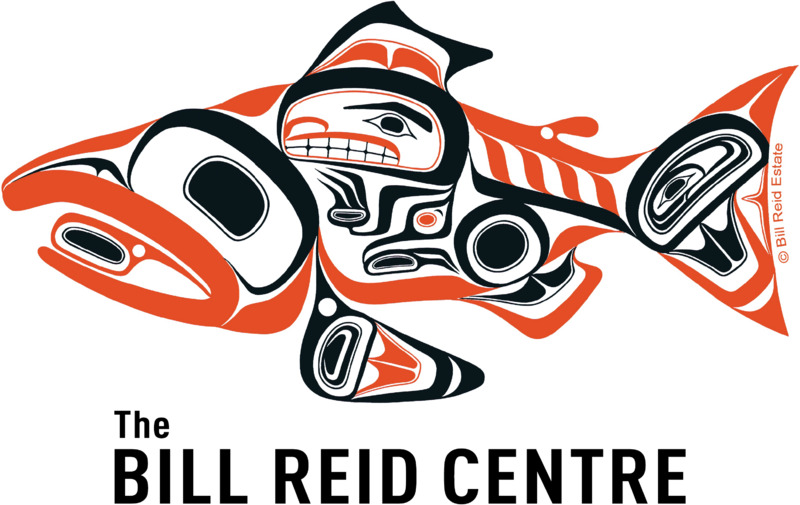About

The Bill Reid Centre Digital Collections are an assemblage of predominantly visual records that arise from the histories shared between the First Peoples of the Northwest Coast and settler society. The majority of what you will find here was assembled as part of the research archive of Dr. George F. MacDonald (1938- 2020) with contributions from his wife Joanne E. MacDonald (1938-2018). The MacDonalds' archive consists of four related and sometimes overlapping collections: historic images of Northwest Coast First Nations; a slide collection of Coastal First Peoples' belongings photographed in museums and galleries around the world; the Adelaide de Menil photograph collection; and various media and ephemera related to George MacDonald’s career. In addition to the MacDonald Collection, The Bill Reid Centre continues to develop its own collections and exhibits that reflect our work at the intersection of new media technologies and Indigenous heritage stewardship.
George MacDonald was a Canadian archaeologist and museologist who studied and published content regarding the arts and cultures of the northern region of this culturally and linguistically diverse area. As with other research collections assembled over the course of a career, much of what you will find here reflects MacDonald’s particular set of scholarly interests and personal and professional relationships. As such, there are gaps and silences within these collections, particularly regarding the Nuu-chah-nulth and Coast Salish Peoples who inhabit the southern region of the Northwest Coast.
The first collection of images that we have made available from the MacDonald archive and the one that seems to generate the most interest is the collection of over 6,000 historical photographs. It is important to point out that historical images of First Peoples are often “read” in one of two ways by non-Indigenous populations: as romanticized views of a long-lost past and people, or more critically as evidence of the colonizer’s power to “gaze” upon the colonized. In both cases, Indigenous people and places are framed as passive objects to be captured by the photographer. Indigenous agency and the reality of Indigenous engagements and negotiations with colonialism, albeit within asymmetrical power structures, are effectively silenced.
The mutability of photographs, which can be defined as the way their meanings can be shaped as they are reproduced in different contexts, gives them the ability to create stories, distort identities, and appropriate cultures (Edwards, 2003). Used in varying and shifting contexts over generations, historical photographs of First Peoples have facilitated a telling of colonial histories from the perspective of the colonizer. Rarely are these images used to illustrate the more accurate and inclusive recollections of how turbulent the encounters were between diverse coastal nations and the settlers arriving in their lands. These silences shape a narrative that limits understanding of how photography was used to construct racial differences between settlers and First Nations and the imperial, commercial, religious, governmental, and anthropological motivations behind the creation of the photographs (Williams, 2003). It is even rarer to learn about the relationships that contemporary Indigenous communities have with these important records of the past via the institutions that possess and control their circulation.
The BRC recognizes the inherent sovereignty that First Peoples have over the knowledge and data derived from their lands, territories, and waters. This includes photographic and textual records of people, their villages and towns, landscapes, and belongings. By creating access to high-quality scans of these photographs, the Bill Reid Centre is inviting collaboration from source communities to create culturally responsive metadata: descriptions and systems of organization that reflect the needs, interests, and contexts of the communities represented.
We encourage users of this site to consider colonial photographs not only as documentary evidence of the past but as cultural objects that continue to be socially and historically active today.
Work Cited
Edwards, Elizabeth. 2003. Introduction to Part II: Talking Visual Histories in Museums and Source Communities: A Routledge Reader, Laura Peers and Alison K. Brown (eds.), pp. 83-99. London and New York: Routledge.
Williams, Carol. 2003. Framing the West: Race, Gender, and the Photographic Frontier in the Pacific Northwest. New York: Oxford University Press.
